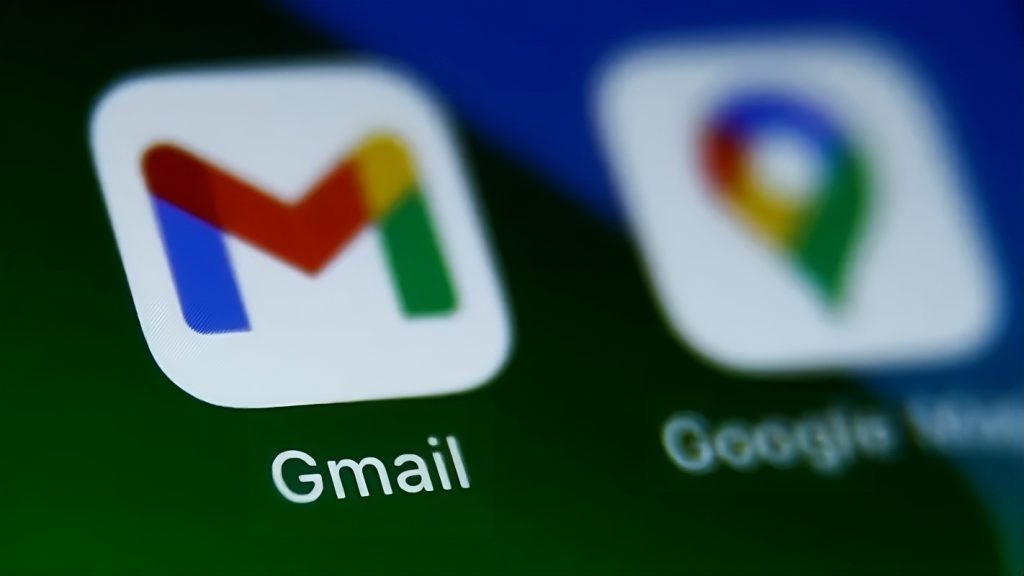In an epoch of emails, every small business to gigantic business relies on emails or email marketing to reach out to potential contacts. No doubt emerging technology has made it by far easier to flourish any business. However, security has become a concern. In light of security threats and leaks. Google tends to change its inactive account policies periodically to mitigate such problems.
Now, you may wonder how Google’s recent announcement regarding the Google Gmail purge is going to affect? Is it good or harmful for your business? The answer is a big no if you take the right steps ahead of time. It will cause no harm to your business.
What is Google’s latest announcement about deleting inactive Gmail accounts?
Google recently updated its inactive account policy and specified that it will delete any account that has been dormant or not used for two years, starting from Dec 1, 2023. In May, 2023 Google published a blog indicating to delete only the content of Gmail accounts but not to delete the amounts themselves. This encompasses Drive, Meet, Docs, as well as YouTube and Photos.
Safeguard your Gmail account by setting up a strong password and two steps verification. Regularly make use of your email accounts or its associated other services like YouTube, docs and so on.
Google Purge: An essential measure to prevent spam and improve email quality
Ruth Kricheli, Google’s vice president of product managers, made an announcement in May 2023 that “If a Google Account has not been used or signed in for at least 2 years, we may delete the account and its content – including content from within Google.” Happens Workspace (Gmail, Docs, Drive, Meet, Calendar) and Google Photos”.
Abandoned accounts that made google update the policy :
- If you do not access an account from time to time, it is more likely to become compromised.
- More often than not, forgotten or unattended accounts are associated with old or re-used passwords that may have already been compromised.
- Moreover, Google has also noticed that such accounts do have two- steps verification and have fewer security risks. Google’s internal analysis shows that such accounts are at least 10x less likely than active accounts to have 2-step-verification set up.
- These accounts often turn out to be vulnerable and cause identity theft as well as unwanted or or even malicious content, like spam.
To neutralize such hazards, Google has updated its inactive account policy.

Impact Of New Inactive Account Policies On Business:
Reduced Email Deliverability:
Google is updating its Gmail algorithm to make it more secure and to avoid unwanted security breaches. It may lead to a lower rate of email deliverability as Google will start deleting inactive accounts from its database, where most of the businesses are seen tremendously using email as a medium to connect with either their existing customers or new contacts. In this situation, it becomes a must that you have a valid list of emails otherwise it may lead to lower email deliverability rate and may harm on overall effectiveness of email marketing strategy. In most cases, businesses with possess use bulk email verification tool to evaluate extensive lists
Read more: Learn how to optimize your email marketing strategy with our free bulk email verification tool
Weaken Sender’s Reputation:
The sender’s reputation is more like a statement or report given by email providers such as Google and Yahoo. Such providers trust you based on your sender’s reputation rate. They measure sender’s reputation from 0 -100. A higher reputation means emails are more likely to reach the inbox, while a bad one might send them to spam. In addition, unused or inactive mail often ends up being flagged as spam and increases bounce rate. A higher bounce rate may cause a lower sender’s reputation. It is a direct indication to service providers that the sender is not maintaining a clean and valid list of email addresses.
Marketing Strategy gets reframed:
Business owners are supposed to adapt new strategies when it comes to email marketing, as Google tends to change or update its various policies from time to time in order to lessen security breaches as much as it can. It may take a lot of time and money to reframe it to align with new Gmail guidelines. It may include a clear email list, mobile optimization, new content that engages the customers and so on.
Read more: How to get the best email design strategy to improve email marketing in 2024
Idle Gmail accounts cause a high bounce rate:
Google’s Gmail cleanup algorithm has already taken place. Due to this, Google will soon delete all of your subscribers and customers on Gmail who have been ghosting you for more than two-years. This may result in Gmail bouncing. Businesses who have already begun online email marketing campaigns and had invalid or dormant accounts in their email list while marketing may face higher bounce rate, as such marketing mail will not be able to reach the recipient’s primary inbox and may be marked as spam. It is also advisable to maintain the good health of your email databases.
How can you reduce the chances of your emails getting bounced in Gmail?
In compliance to a survey, nearly half of the world’s population were active Gmail users which was 4.2 billion in the year 2022, By the year 2026, the figure is more likely to surge to 4.7 billion. Interestingly, an enormous number, nearly 319 billion business and consumer emails are sent and received daily on a global business. So if you have an email list, then you are no exception. Google’s deletion of inactive Gmail addresses will affect you as well.
You may now wonder how to get rid of this problem? What to do to again elevate your email deliverability and mitigate bounce rate ?. There are some remedies which may help you overcome this situation.
Email list cleaning
On an average, nearly 22.7% of an email list decays every year. Out of that data almost 20.19% were invalid emails. Under such circumstances it becomes a must to verify your all different Gmail lists. Every business needs to check if they have got an active, valid as well as reachable email address. Getting your list verified and letting go of low quality databases is one the most effective ways to reduce bounce rate enormously. Cleaning your list has become easy nowadays, thanks to bulk email verifier tools. It usually checks 10,000 emails simultaneously. It makes sure that you will have valid email lists and be able to reach the recipient’s inbox to deliver your message.
Segregate email list by engagement
Segmenting your idle email subscribers from your list when performing email marketing campaigns is always the best technique to take place. Customers or subscribers who hardly engage or never respond will cause you to get a high bounce rate. The Gmail purge makes it more riskier as unused or idle accounts may commence to bounce. A high bounce rate (higher than 2 percent ) also puts your campaigns at the verge of going to spam.
It is not always necessary that all of your unengaged subscribers have deserted their email address. Some of them may be taking a break from your content and some of them still want to hear from you. Firstly make an email list where all of your subscribers are promising and want to hear from you. Secondly, send re-engaging campaigns to those who have not responded back within three months. After six months if you still hear nothing from them then you should get rid of such email addresses from your email list. It may lead to a high bounce rate.
However, every business has their own approach to dealing with idle email addresses. Some never send any re-engaging content to your dormant account and simply remove it from their list. While others ignore their lack of interest and do nothing about it as long as their email list grows. The key to flourish your business and avoid bounce rate is to maintain active users and deal with them on a daily basis rather than dealing with those who do not interact.
How myEmailVerifier’s Free Bulk Email Verification Tool help you tackle Google’s Gmail Purge:

MyEmailVerifier is a bulk email verification service that allows you to verify the email address. Our Bulk Email Verifier system processes thousands of email addresses every minute. myEmailVerifier is the premier service provider for Email Verification and Email Data Validation. myEmailVerifier Provides a bulk email verification system where you can verify or clean up the email list and reduce your bounce rate up to 99%.
MyEmailVerifier’s bulk email verifier is so flexible you can integrate it with your favorite Email Service Provider (ESP) and other marketing tools.
Try Our Free Bulk Email Verifier Tool Today
Easy steps to use bulk email verification tool to get clean email list:
- Upload your email list to our bulk email verifier tool.
- Let the system process your email list.
- Download your healthy valid email list.
FAQs About Google’s Updated Policy Of Inactive Gmail Accounts
Does Google’s Gmail Purge affect organizations?
The policy only applies to personal Google Accounts, and will not affect accounts for organizations like schools or businesses. This update aligns its policy with industry standards around retention and account deletion and also limits the amount of time Google retains your unused personal information.
What is the bounce rate ? How many types does it have?
Bounce rate refers to the percentage of email your business has sent and failed to reach the recipient’s primary inbox instead it has bounced back to you. There are two different types of bounce rate : High Bounce Rate and Soft Bounce Rate. Soft bounce is a temporary issue you need not to take such email addresses off from your lists while hard bounce is a permanent issue indicating that you need to remove invalid and non-existing email addresses from the list.
When does Google start deleting inactive accounts?
Google will commence deleting inactive accounts from December, 2023. Google will start it from the accounts that have been created but never used.
Will Google notify you before deleting your Gmail account?
Yes, before deleting your Gmail account, Google will send you multiple notifications to both the account email address and the recovery email.
James P. is Digital Marketing Executive at MyEmailVerifier. He is an expert in Content Writing, Inbound marketing, and lead generation. James’s passion for learning about people led her to a career in marketing and social media, with an emphasis on his content creation.
